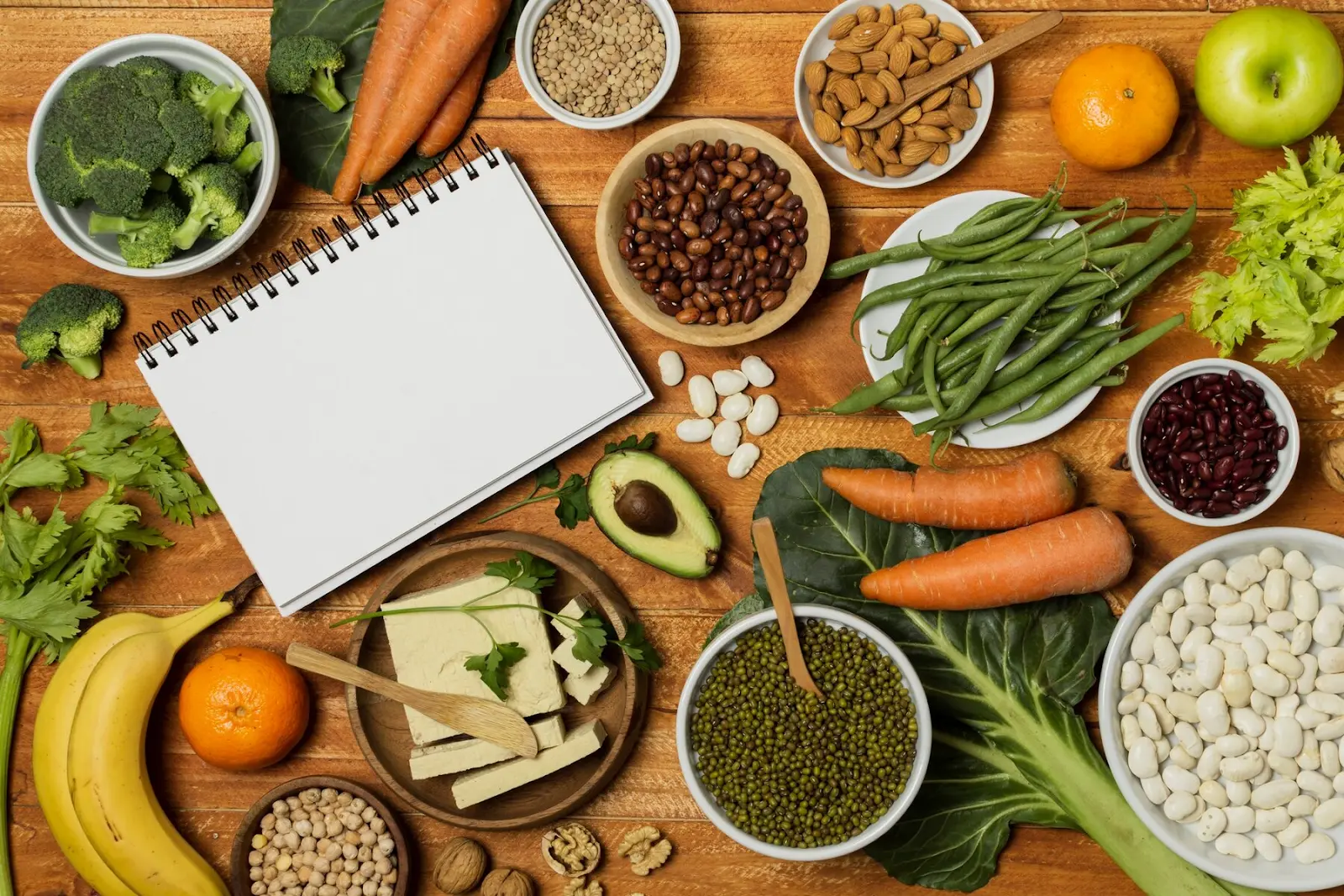In the realm of nutrition, fiber is often hailed as a hero for its numerous health benefits, including aiding in digestion, supporting heart health, and promoting weight management. However, despite its importance, many individuals struggle to consume an adequate amount of fiber in their diets. If you find yourself in this category, fear not! Here are some practical tips to help you increase your fiber intake and reap the rewards of a fiber-rich diet.
- Start Gradually:
If your current diet is low in fiber, it’s essential to introduce fiber-rich foods gradually to avoid digestive discomfort such as bloating or gas. Start by incorporating one fiber-rich food into your meals or snacks each day and gradually increase your intake over time.
- Choose Whole Grains:
Swap out refined grains for whole grains to increase your fiber intake. Choose whole grain bread, pasta, rice, and cereals over their refined counterparts. Look for products labeled “100% whole grain” or “whole wheat” to ensure you’re getting the maximum fiber content.
- Load Up on Fruits and Vegetables:
Fruits and vegetables are excellent sources of fiber, as well as essential vitamins, minerals, and antioxidants. Aim to include a variety of colorful fruits and vegetables in your meals and snacks each day. Berries, apples, oranges, broccoli, spinach, carrots, and Brussels sprouts are all excellent choices.
- Snack on Nuts and Seeds:
Nuts and seeds are not only delicious but also packed with fiber, healthy fats, and protein. Snack on a handful of almonds, walnuts, or pumpkin seeds between meals for a fiber-rich snack that will keep you feeling full and satisfied.
- Incorporate Legumes:
Beans, lentils, chickpeas, and peas are all excellent sources of fiber and protein. Add them to soups, stews, salads, and casseroles for an extra fiber boost. You can also use them as a meat substitute in dishes such as tacos, burgers, and chili.
- Choose High-Fiber Snacks:
When reaching for a snack, opt for high-fiber options such as fresh fruit, raw vegetables with hummus, whole grain crackers with peanut butter, or Greek yogurt topped with nuts and seeds. These snacks are not only delicious but also packed with fiber to keep you feeling satisfied between meals.
- Read Food Labels:
When shopping for groceries, take the time to read food labels and choose products that are high in fiber. Look for foods with at least 3 grams of fiber per serving and avoid products with added sugars or refined grains.
- Stay Hydrated:
Increasing your fiber intake can help promote regularity, but it’s essential to drink plenty of water as well. Fiber absorbs water as it moves through the digestive tract, so staying hydrated can help prevent constipation and ensure smooth digestion.
- Experiment with Recipes:
Get creative in the kitchen and experiment with new recipes that incorporate fiber-rich ingredients. Try adding beans to your favorite pasta dish, blending vegetables into your smoothies, or baking with whole grain flour for an extra fiber boost.
- Be Consistent:
Consistency is key when it comes to increasing your fiber intake. Make it a habit to include fiber-rich foods in your meals and snacks every day, and over time, you’ll notice the benefits of a fiber-rich diet, including improved digestion, better heart health, and enhanced weight management.
Incorporating these practical tips into your daily routine can help you increase your fiber intake and enjoy the numerous health benefits that come with a fiber-rich diet. So go ahead and embrace fiber as your dietary ally, and reap the rewards of a healthier, happier you!



































